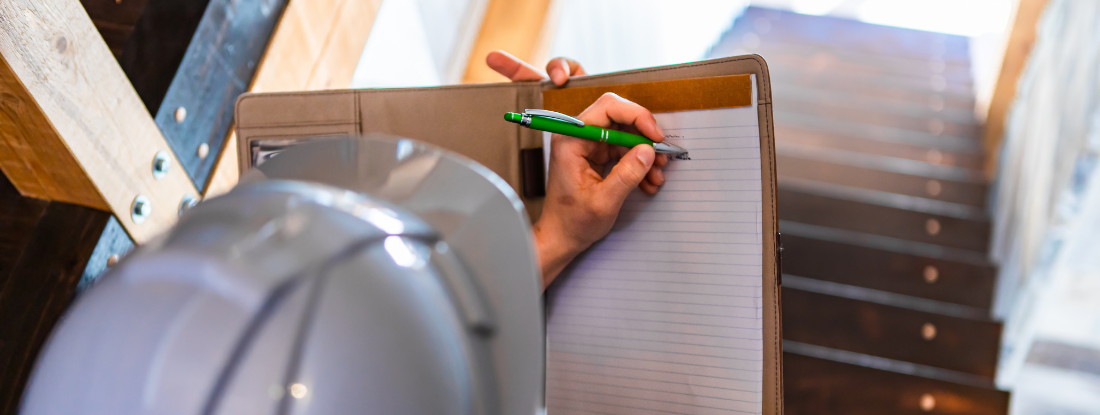Your Ultimate Guide to Post Mold Removal Techniques
Browsing the world of post-mold removal strategies is a meticulous procedure that demands interest to information and an extensive understanding of the complexities involved. In the results of mold infestation, knowing just how to successfully get rid of the mold and prevent its reoccurrence is paramount for keeping a healthy indoor environment. From picking the appropriate cleansing and disinfecting methods to applying methods for long-term mold and mildew avoidance, each action in the remediation journey plays a vital function in guaranteeing an effective result. As we start this exploration of post-mold removal methods, we will certainly uncover the crucial strategies and ideal practices that can assist you recover your space to its pre-mold condition and secure it against future mold and mildew threats.
Comprehending Post-Mold Remediation Process
After completing the mold remediation process, it is important to recognize the post-mold remediation techniques that are essential to guarantee a reliable and thorough cleaning. When the mold and mildew has actually been gotten rid of, the following action involves cleaning and disinfecting the affected areas to protect against any regrowth of mold. This consists of utilizing specialized cleaning up representatives to wipe down surfaces and eliminate any kind of continuing to be mold and mildew spores. It is important to dry out the area totally to dissuade the growth of mold and mildew in the future (After mold remediation). Appropriate ventilation and dehumidification can aid in this procedure.
Furthermore, performing a final assessment post-remediation is important to make certain that all mold has actually been successfully eradicated. This assessment should include an extensive visual check in addition to possibly air sampling to verify the lack of mold spores airborne. If the assessment exposes any type of remaining mold, additional removal might be required. Enlightening passengers on preventative measures such as controlling moisture levels and without delay dealing with any type of water leaks can assist maintain a mold-free environment.
Efficient Cleaning and Disinfecting Techniques

Preventing Future Mold Growth

Relevance of Correct Ventilation
Appropriate go to this site ventilation plays a vital role in protecting against dampness buildup, a vital element in mold development within indoor settings. Effective air flow systems help remove excess moisture from the air, decreasing the opportunities of mold spores locating the moisture they require to spread out and sprout. Without appropriate air flow, indoor rooms can become a breeding place for mold like it and mildew, resulting in possible health threats and architectural damage.
By guaranteeing correct air circulation, air flow systems can likewise assist in drying wet areas extra quickly after water damages or flooding events, better deterring mold and mildew development. what to do after mold remediation. Precede like shower rooms, kitchen areas, attic rooms, and basements where dampness levels often tend to be higher, setting up and preserving reliable air flow systems is critical in protecting against mold and mildew problems

Monitoring and Upkeep Tips
Offered the important function that proper air flow plays in preventing mold development, it is necessary to establish efficient surveillance and upkeep suggestions to ensure the ongoing performance of ventilation systems. Regular examinations of air flow systems should be performed to inspect for any discover this type of indications of blockages, leakages, or malfunctions that might impede correct air flow. Monitoring moisture degrees within the residential or commercial property is likewise critical, as high humidity can add to mold development. Installing a hygrometer can help track humidity levels and sharp house owners to any type of spikes that may call for focus. In addition, ensuring that air filters are on a regular basis cleansed or changed is important for maintaining the efficiency of the air flow system. Applying a schedule for routine upkeep tasks, such as duct cleaning and cooling and heating system examinations, can help protect against issues before they rise. By staying mindful and positive to the condition of ventilation systems, home proprietors can effectively reduce the threat of mold and mildew regrowth and keep a healthy and balanced indoor environment.
Conclusion
In conclusion, post-mold remediation methods are vital for making sure a clean and safe environment. Comprehending the process, carrying out efficient cleansing and disinfecting methods, preventing future mold and mildew growth, preserving appropriate ventilation, and normal tracking are all important action in the removal procedure. By complying with these guidelines, you can efficiently get rid of mold and mildew and avoid its return, promoting a healthy and balanced living or working space for all owners.
In the consequences of mold invasion, recognizing exactly how to effectively remove the mold and avoid its reoccurrence is paramount for maintaining a healthy interior atmosphere. As soon as the mold and mildew has been gotten rid of, the following action entails cleaning and decontaminating the affected locations to prevent any type of regrowth of mold - After mold remediation. After eliminating noticeable mold growth, it is critical to clean all surfaces in the damaged area to eliminate any type of continuing to be mold and mildew spores. To additionally enhance mold avoidance actions, it is important to deal with underlying concerns that at first led to mold and mildew growth.Given the crucial function that appropriate ventilation plays in protecting against mold and mildew development, it is crucial to establish reliable surveillance and upkeep tips to ensure the continued capability of air flow systems